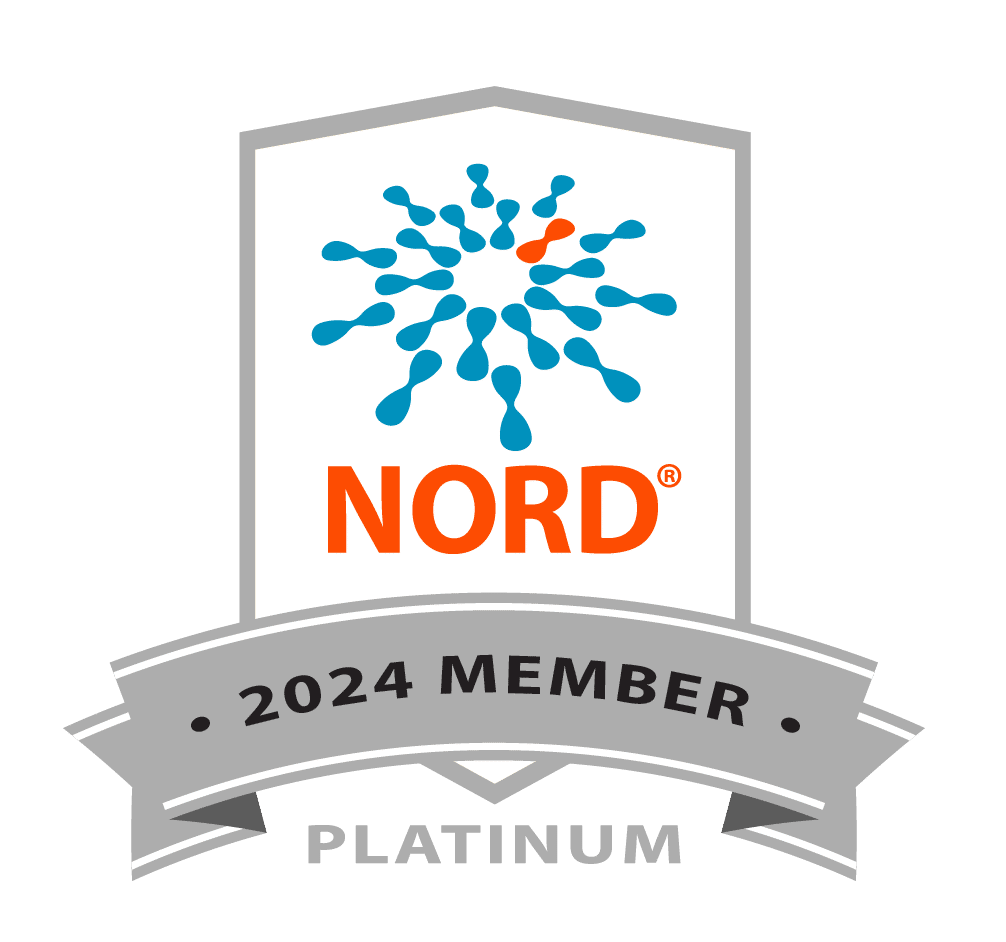Cordeddu and co-workers (Nat. Genet. 2009, 41:1022-1026) reported that the invariant c.4A>G missense (p.Ser2Gly) change in the SHOC2 gene, which encodes a widely expressed non-membranous protein that positively modulates RAS-MAPK signal flow, underlies a distinctive RASopathy previously recognized as Noonan-like syndrome with loose anagen hair [OMIM 607721] by Mazzanti and colleagues (Am. J. Med. Genet. 2003, 118A:279-286). This mutation was demonstrated to promote N-myristoylation of the protein and its aberrant targeting to the plasma membrane. N-myristoylation is an irreversible cotranslational lipid modification, and is observed to occur in many signal transducers that require to be anchored to the cytoplasmic leaflet of cell membranes to carry out their function.




